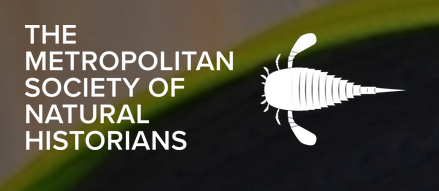On Saturday, March 25th, Jasmine Bayron, a Ph.D. student in Earth and Environmental Sciences at the CUNY Graduate Center, led us on a free guided tour of the Halls of Gems and Minerals at the American Museum of Natural History. Bayron discussed the formation and chemical makeup of various minerals and gems as well as their light properties. We also learned how the AMNH's famous sapphire, Star of India, was stolen in the 1960s but later recovered.
To view more photos from this event, check out our gallery. All photo credit goes to Maurice Chen.
To learn more about gems and minerals and topics discussed during the event, check out the various links and resources below recommended by Bayron.
Electromagnetic Spectrum Basics
Electromagnetic Spectrum and Visible Light
Diamond Rain on Saturn and Jupiter
Jasmine Bayron is a Ph.D. student in Earth and Environmental Sciences at the CUNY Graduate Center. She conducts her research in partnership with the American Museum of Natural History. In addition to being a MAGNET Fellow, she is a science team collaborator on the OSIRIS-Rex Asteroid Sample Return Mission, which is part of NASA's New Frontiers Program of solar system exploration missions. Her dissertation research explores the relationships between meteorites that have not experienced any significant heating events since their formation and asteroids with highly absorptive surfaces.


















